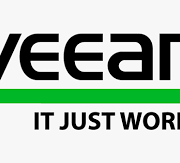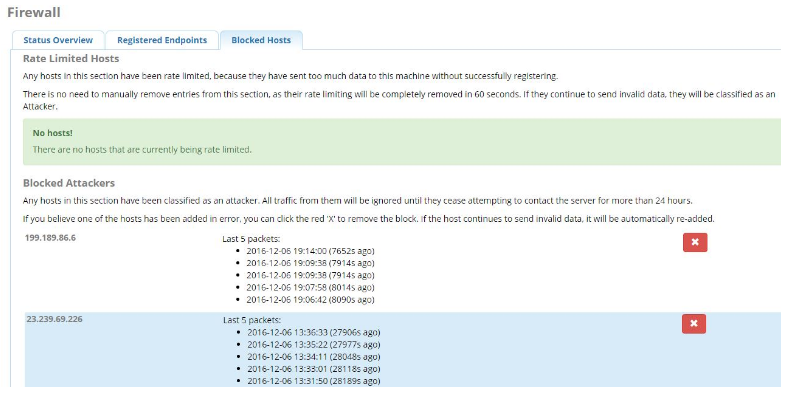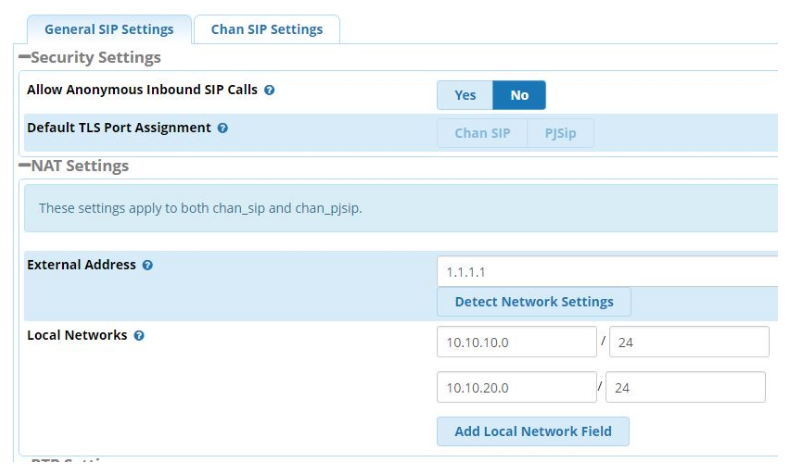Managed Security Services
“The Internet of Things is the biggest game changer for the future of security,” emphasizes David Bennett, vice president of Worldwide Consumer and SMB Sales at Webroot. “We have to figure out how to deal with smart TVs, printers, thermostats and household appliances, all with Internet connectivity, which all represent potential security exposures.”
Simply put, the days of waiting for an attack to happen, mitigating its impact and then cleaning up the mess afterward are gone. Nor is it practical to just lock the virtual door with a firewall and hope nothing gets in–the stakes are too high. The goal instead must be to predict potential exposure, and that requires comprehensive efforts to gather threat intelligence. According to Bennett, such efforts should be:
- Real time: Because the velocity and volume of threats increases on a daily basis, the technologies used to protect systems must be updated by the minute. The ability to adjust to the nature and type of new threats as they appear is key. Data should be aggregated from sources globally and delivered as actionable information to the security professional.
- Contextual: Data must be parsed through sophisticated computer analytics to ensure humans can make decisions based on actionable intelligence. An analyst has to be given data with pre-connected dots in order to act quickly. There’s little time for onsite security professionals to analyze reams of data when they suspect an attack is underway. By the time they figure out what’s going on, the damage is done.
-
Big data-driven: It’s not enough for a company to understand only what’s happening in its own environment; an attack on one of its competitors or peers could mean it’s next. To analyze complex threat patterns, threat intelligence technology must be cloud-based and should aggregate activities from across companies and across geographies.
“Security professionals of the future must act like intelligence officers or analysts,” Bennett notes. “They have to consume information that’s already been parsed for them, and make decisions based on that intelligence. Success will depend on how they are fed the data. How is it presented? Is it relevant? Have the irrelevant data points already been removed? Only then will they be able to make decisions in time to prevent breaches.”
What This Means for MSPs
MSP services are particularly valuable to SMBs that lack the internal resources needed to effectively manage complex systems, or for any customers seeking to defer capital expenses in favor of leveraging their operational budgets. As such, cybersecurity is a perfect discipline to utilize the managed services model. “The biggest untapped opportunity for our partners today is providing security as a managed service,” observes Bennett. “Users are overwhelmed and just not capable of keeping on top of the rapid changes in the nature of threats.”
MSPs that offer managed security services address one of the major problems users face today: the lack of access to talented security professionals. Especially for SMB customers, finding and competing for talent with larger firms can be daunting. “Hiring and retaining the right personnel should not be a vulnerability in and of itself,” says Bennett. “Users who leverage managed security services remain protected through transitions in their IT staff and lower the risk of losing institutional knowledge critical to their security procedures. In addition, managed security services represents one of the largest and most profitable growth opportunities today for solution providers.”
MSPs that include Webroot SecureAnywhere Business Endpoint Protection solutions as part of their service offerings to clients are ideally positioned to take full advantage of these growth opportunities. In effect, Webroot technology gives MSPs their own dedicated security firm to monitor their customers’ environments. As Bennett explains, “We don’t just collect data—we scrub it, make correlations globally, and pass on exactly what our customers need to reduce exposures. It’s a big data approach to security, and it’s the only effective means to combat the ever-changing threats companies face.”











